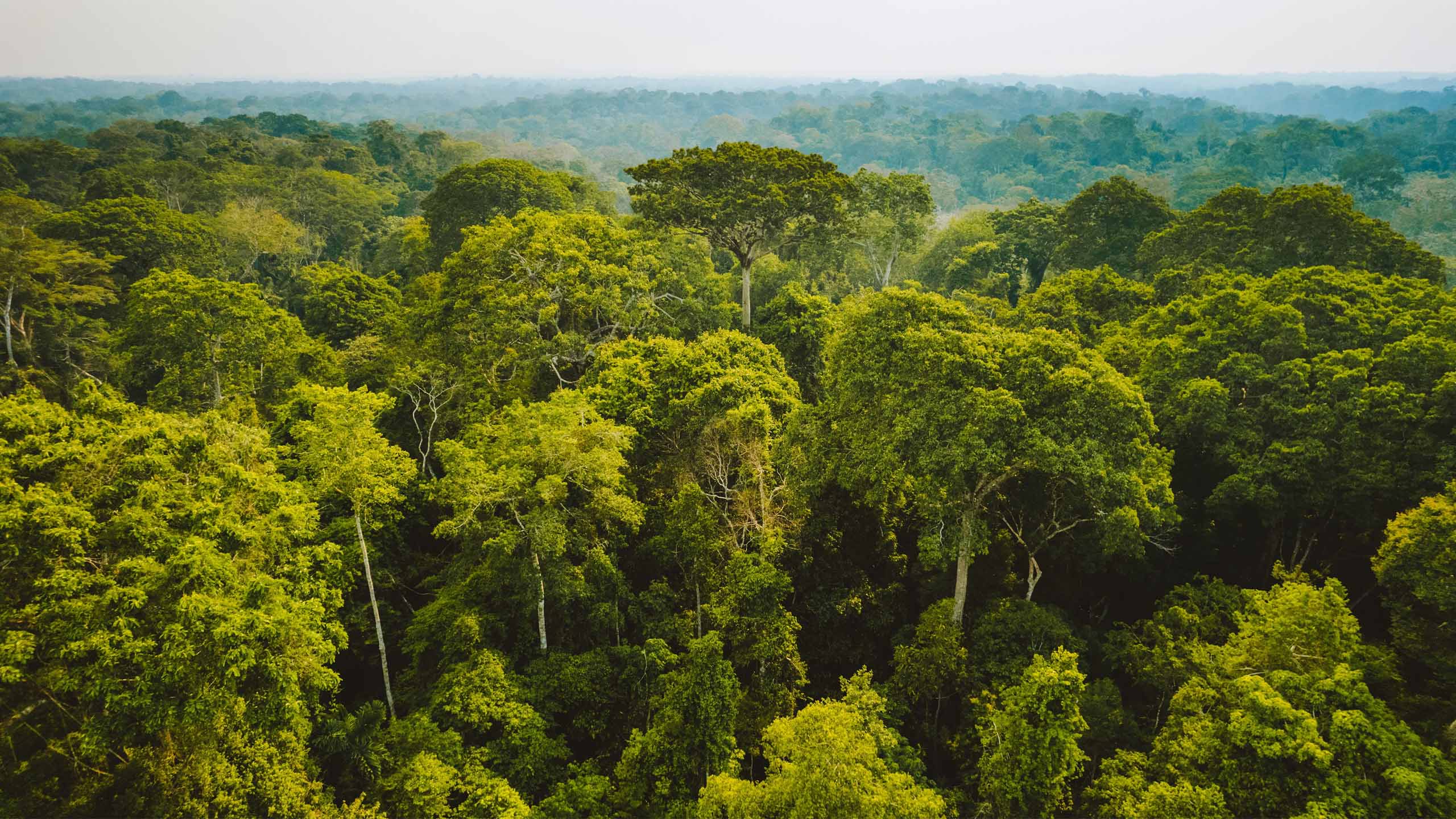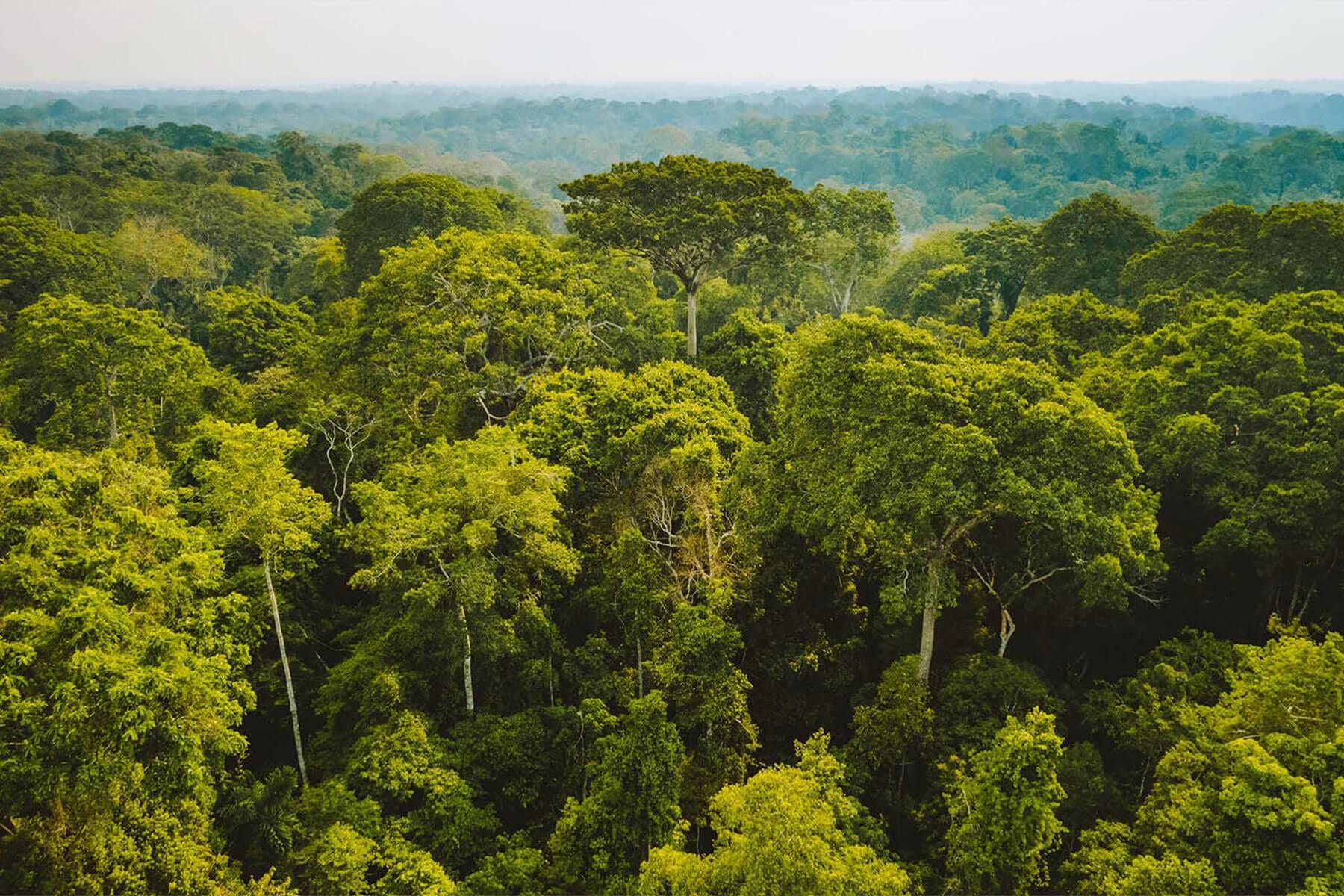Reforestation In the
Atlantic Forest
Spanning the eastern coast of Brazil and stretching inland to Argentina and Paraguay, the Atlantic Forest is one of the richest natural areas on the planet. Home to iconic species such as jaguars, sloths, tamarins, and toucans, it’s a haven for endemic species. The Atlantic Forest region is also home to approximately 70% of Brazil’s human population, putting tremendous pressure on its resources.
Despite hosting incredible diversity and playing a critical role for wildlife and people alike, the Atlantic Forest is one of the most threatened ecosystems on earth. Over the past five centuries, humans have transformed 88% of the original forest into agricultural land and tree plantations, and developed it for infrastructure, fuelwood harvesting, and more. Today, just a fraction of its original splendor remains — in small, isolated fragments.

Atlantic Forest Stats
450
Tree species
One hectare of the Atlantic Forest can support 450 tree species.
How Indigenous People Are Restoring Brazil’s Atlantic Forest, Yale Environment 360
12%
OF ORIGINAL FOREST
Just 12% of the Atlantic Forest remains.
What is the Atlantic Forest and why do we need to save it?, WWF
70%
OF GDP
The Atlantic Forest ecoregion produces 70% of Brazil’s GDP.
What is the Atlantic Forest and why do we need to save it?, WWF
7%
OF WORLD’S PLANT SPECIES
The Atlantic Forest region houses 7% of the world’s plant species and 5% of vertebrate species.
What is the Atlantic Forest and why do we need to save it?, WWF
60%
OF POPULATION
60% of Brazil’s population relies on water from the Atlantic Forest.
What is the Atlantic Forest and why do we need to save it?, WWF
Project Highlights
Reforestation in the Atlantic Forest can support the recovery of one of the most threatened ecosystems on earth, restore critical biodiversity habitat, establish ecological corridors, and more. Learn about three projects that plant trees in the Atlantic Forest.

Forests4Water
This project focuses on restoring degraded areas and connecting forest fragments located in the Serra do Brigadeiro region of Minas Gerais, Brazil. This region is part of the Atlantic Forest biome, one of the most important biodiversity hotspots in the world. The planted trees will connect forest fragments to the continuum of the Atlantic Forest reserve, the Serra do Brigadeiro, which is home to endangered and endemic species such as the wooly spider monkey.
Atlantic Forest Restoration
This project involves replacing exotic species with Atlantic rainforest species, restoring degraded areas previously used for coffee plantation in the 19th century, recovering springs, and forming ecological corridors to link spring areas with swamp areas, increasing water flow to a nearby river. Increasing forest density will improve soil and air quality, recover plant and animal habitats, and protect endangered species. It will also improve the water supply used by nearby rural and urban families.


Corridors for Life
This community-based project aims to create the largest ecological corridor in the Atlantic Forest by planting native species and protecting forests in Key Biodiversity Areas. Trees are grown in local nurseries and planted by local communities. Connecting forest fragments by increasing tree density and diversity fosters critical habitat for endangered species such as the jaguar and the black lion tamarin. These corridors will support genetic diversity and overall ecosystem health.


